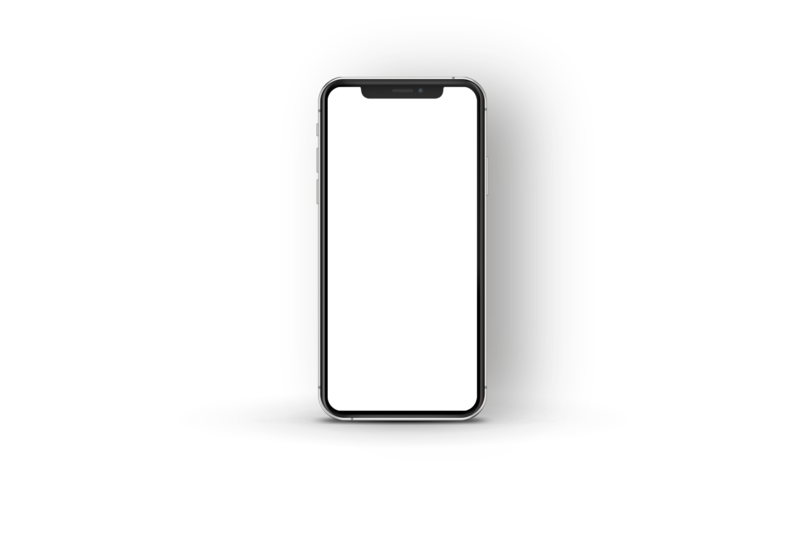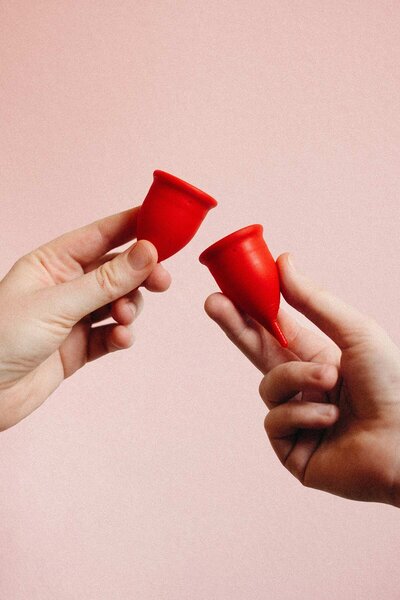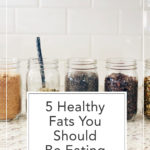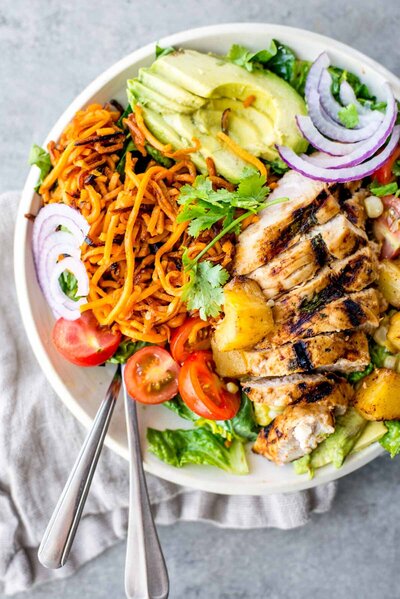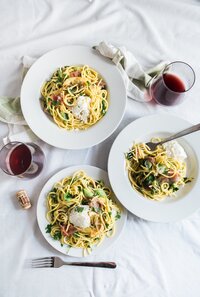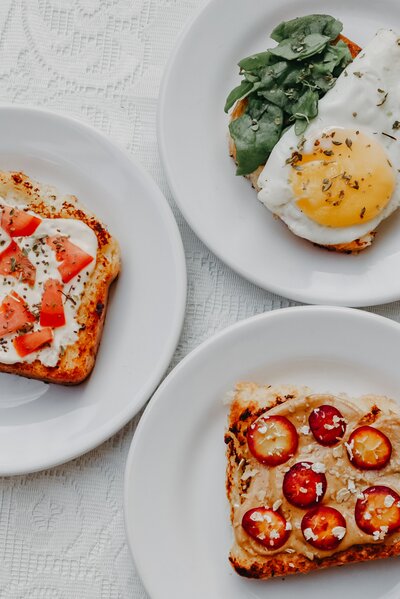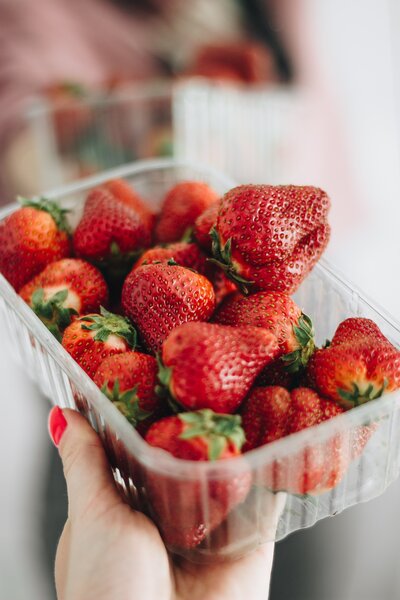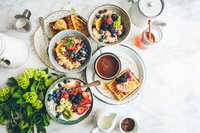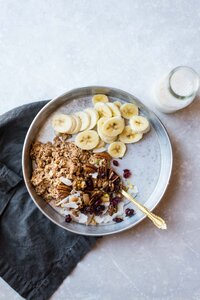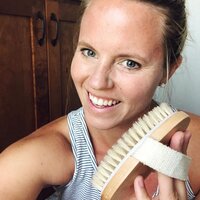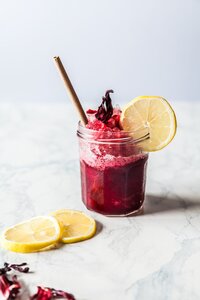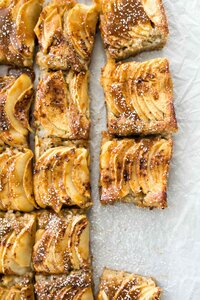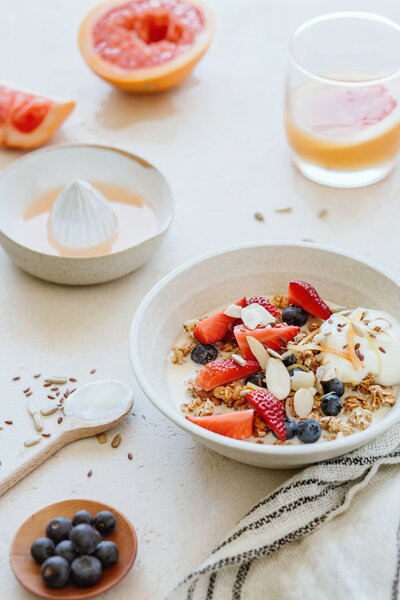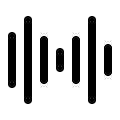Fat hasn’t always had the best rap, but we know now, fat is essential in a healthy diet. Inside I share five healthy fats to buy today and why you should.
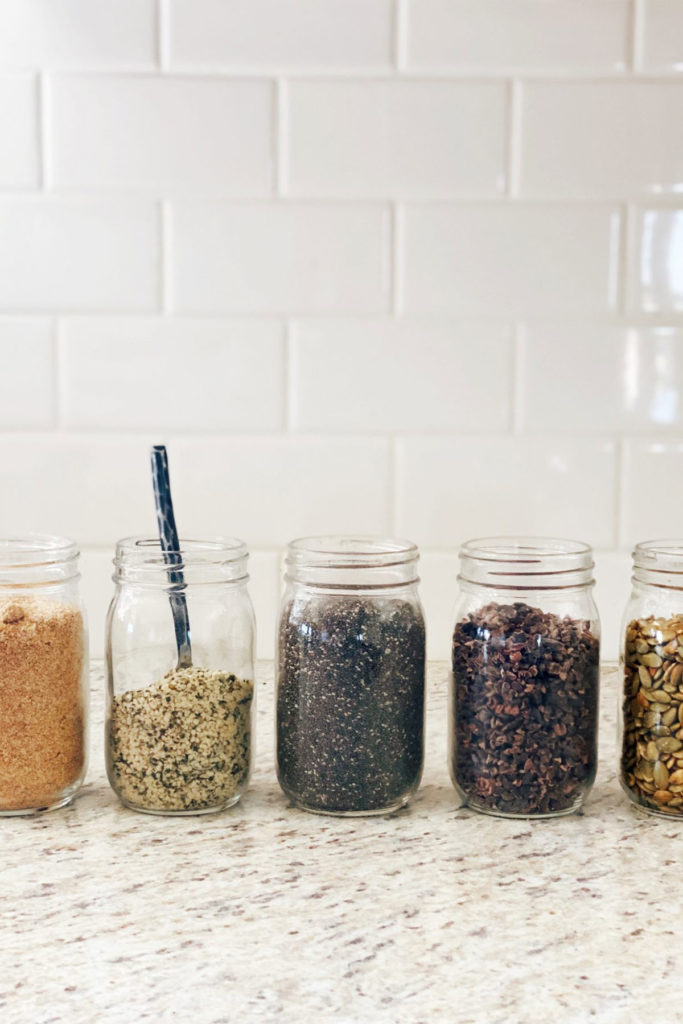

Pantry-staple lists can feel a bit overwhelming – at least in my book. Becoming just one more health standard you have to reach, one more thing you have to manage. Let me preface this and say, I don’t want this to be another standard you have to reach but freedom to help you see how these five staples can boost your diet.
While I may call them my superfoods, honestly, I prefer them for the extra crunch and boost of micronutrients they provide my body. But a ‘superfood’ is technically a food naturally higher in vitamins and minerals than most other foods.
5 healthy fats you should buy
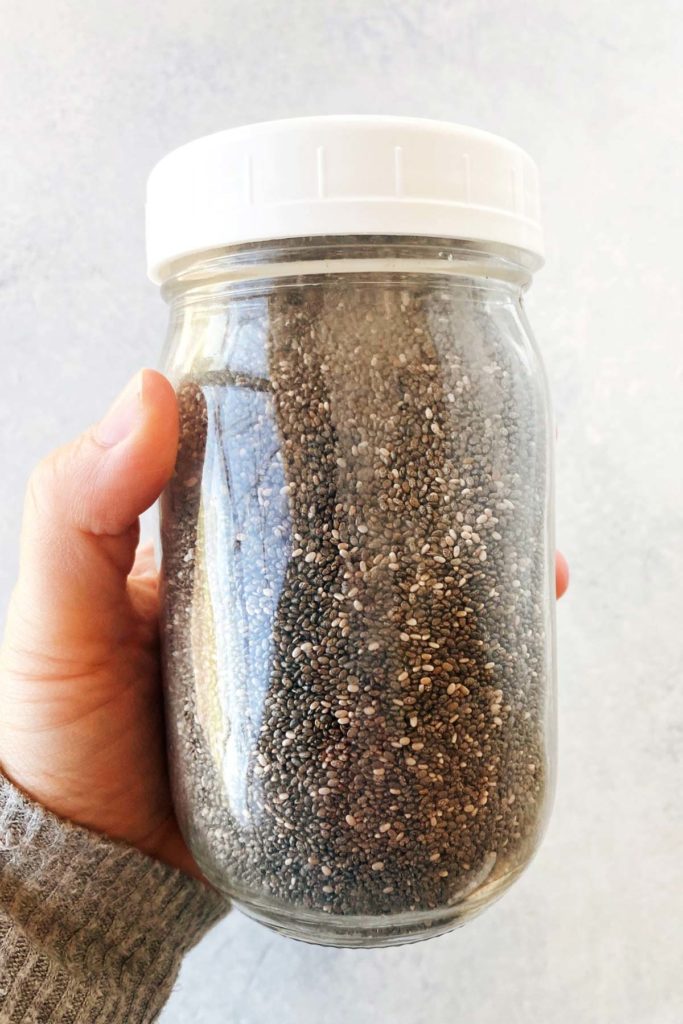

1. Chia Seeds
Chia seeds are labeled as one of the healthiest foods on the planet. They deliver a massive density of nutrients in such a small amount. The tiny black seeds known as the chia plant are related to mint. They contain sustainable amounts of energy, even deriving from the ancient Mayan word for “strength.”
Not only do they contain a high proportion of healthy omega-3’s, but they also provide a high amount of fiber, protein, manganese, and magnesium. Of course, this is proving why they have been linked to anti-inflammation and blood sugar-regulating chemicals.
Chia seeds have relatively no taste making them incredibly easy to incorporate into your diet. They can be eaten raw as a crunch on salads or smoothies, soaked to make a porridge or pudding, or added to baked goods and smoothies.
Their ability to absorb both water and fat makes them a great egg replacer for recipes.
Egg Replacer: Mix one tablespoon chia seeds with three tablespoons water and let sit for five minutes. Once it has gelatinized, add to the recipe in place of the egg. This makes one egg.
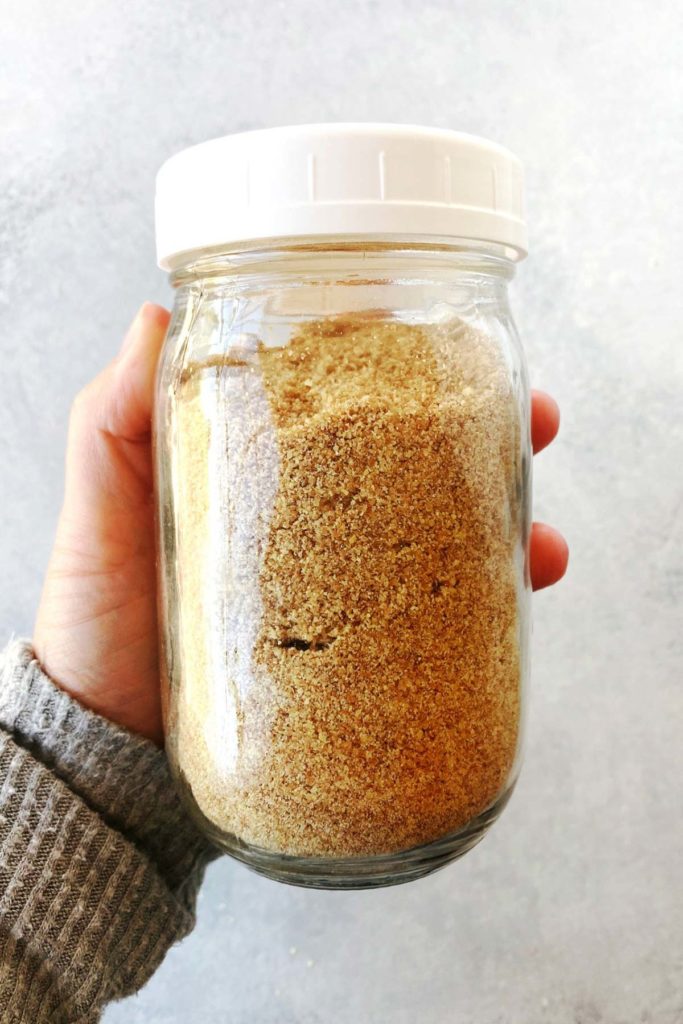

2. Flax meal
Flaxmeal very well could have been the first ‘superfood’ I started using. While the health benefits are well known, I feel like it’s losing its gumption with chia making a debate.
But we can’t forget the health benefits of flax meal. Just one tablespoon provides a high amount of protein fiber and omega-3 fatty acids, and a rich source of vitamins and minerals.
Specifically, flaxseeds are high in alpha-linolenic acid, a plant-based omega-3 fatty acid that we only get from food – our body doesn’t produce it.
Flaxseed benefits range from heart health to hormonal regulation and even weight reduction. It is a nutrient or food worth adding to your diet.
Unlike chia seeds, where you can consume the whole grain – flax meal can only be consumed in the ground form. Your body’s digestive system can not break down the entire structure of the seed, and doing so can be a detriment to your GI tract.
If you buy pre-ground flax, make sure you purchase it from a freezer section or refrigerate or freeze in between usage. It is best to grind the day of consumption – but I opt for grinding and then freezing until I can use it.
Try adding flax meal to oatmeal, smoothies, baked goods, mixed in your favorite yogurt, or as an egg substitute.
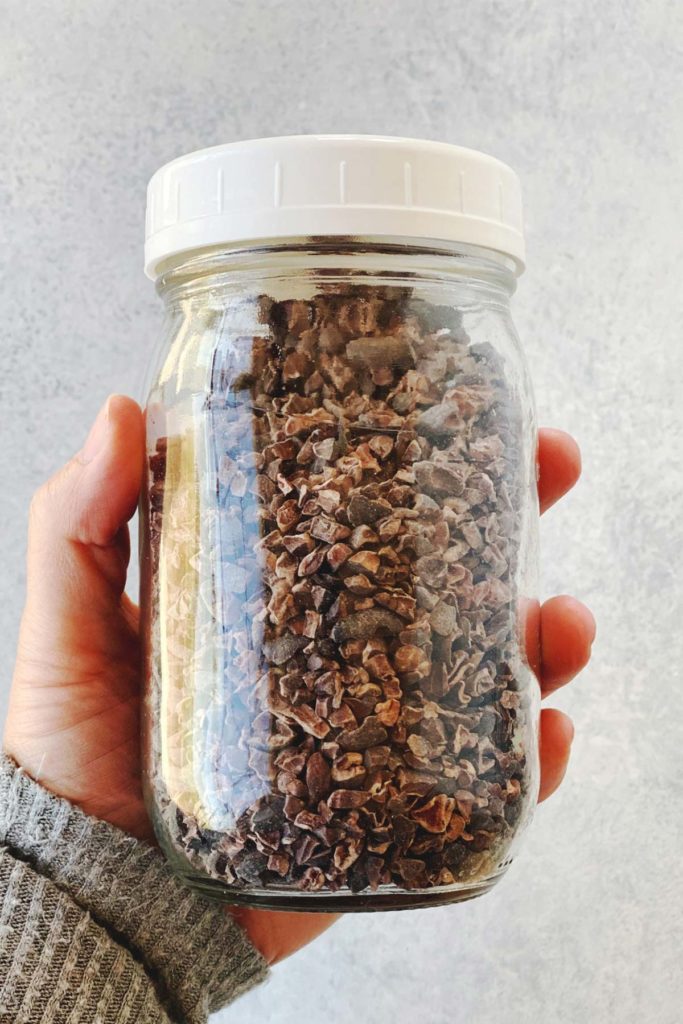

3. Cocao Nibs
Cacao nibs are small, crushed cocoa beans that come with a huge nutritional punch. Contrary to most other chocolate products, cocoa nibs are very low in sugar. They contain high amounts of antioxidants that help fight off free radicals that would cause damage to our bodies.
They also have a surprising amount of fiber and healthy fats, making them a great addition to your meals to increase satiety.
Cacao nibs can be used to top on smoothies, oatmeal, or even salads. You can also use them when you’re baking, such as muffins or pancakes. They contain both a rich dark chocolate flavor as well as a crunch.
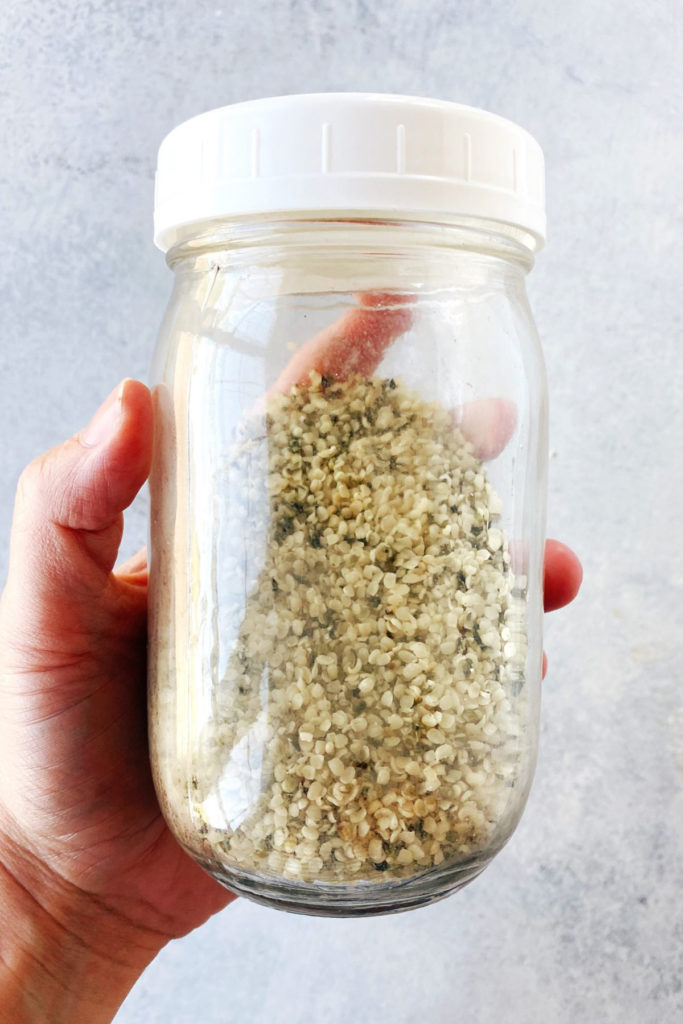

4. Hemp Hearts
Yes, hemp hearts come from the hemp plant but contain relatively no THC {the active compound in marijuana}. Hemp seeds {hearts}, technically a nut, are exceptionally nutritious and rich in healthy fats, protein, and various minerals.
Hemp hearts contain over 30% fat and have a great balance of linoleic acid {omega-6} and alpha-linolenic acid {omega-3}. Plus, they are a great protein source containing over 25% of their total calories from high-quality protein, considerably more than similar foods like chia and flaxseeds.
Hemp seeds reduce inflammation, benefit skin disorders, regulate hormonal symptoms, and aid in digestion.
Overall, hemp seeds are incredibly healthy and relatively easy to incorporate into your diet. Like chia seeds, you can add them to most anything and experience a benefit. I prefer to sprinkle this on top of my yogurt or smoothie bowls. I even top on a cut piece of fruit with some nut butter.
Buy this brand of hemp hearts.
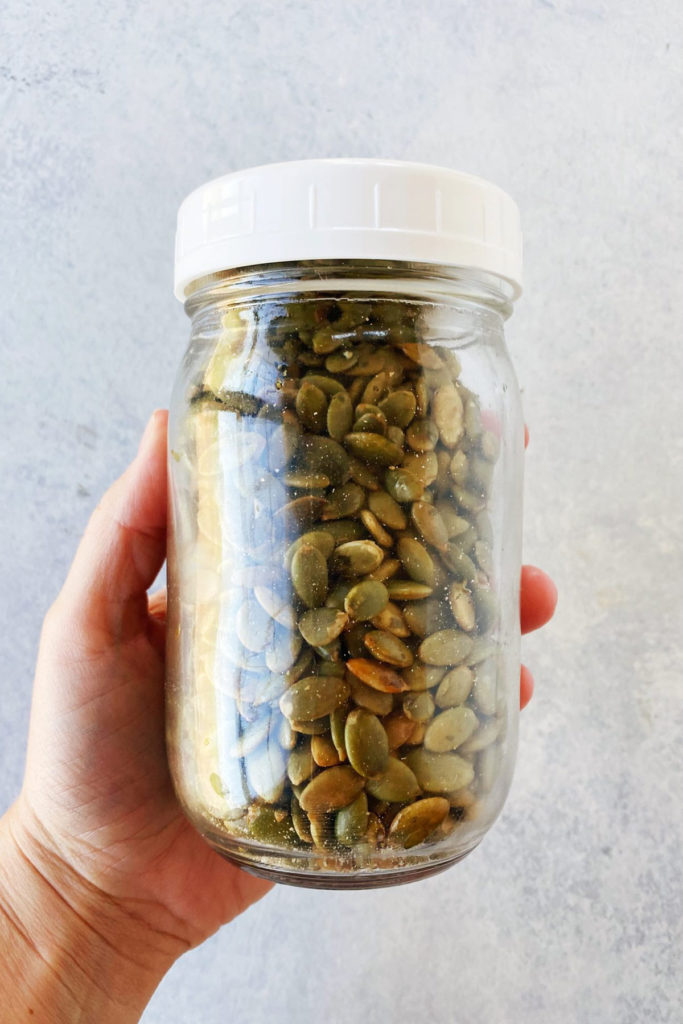

5. Pumpkin Seeds
Pumpkin seeds may be the most well-known of these five superfoods, and you may be surprised it made the list. But pumpkin seeds are packed full of valuable nutrients. Eating only a small amount of them can provide you with a substantial quantity of healthy fats, magnesium, and zinc.
Studies show that pumpkin seeds improve heart health and prostate health and protect against different forms of cancer.
Pumpkin seeds are the largest seed or nut listed, but they are relatively easy to incorporate into your diet. You can even eat them on their own or pureed into a smoothie, or topped on a yogurt bowl. You can also use them as crunch on a salad or a soup topper.
I’ve also found ways to mix them into my granola recipes, and I do love it.
Buy this brand of Pumpkin Seeds.
Store healthy fats the right way.
While these are technically pantry staples, I have a confession – I never store them in the pantry. Given their high-fat content, they do have the ability to go rancid, turning the good-fat into bad fat.
To prolong their shelf-life and preserver their high nutrient content, freeze them in between use. I bought some glass mason jars and these plastic lids, which work great to keep airtight and preserved.
You can even mix them all, creating healthy sprinkles to top on almost anything.

